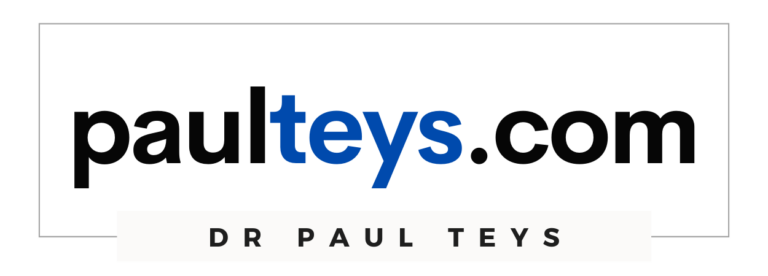
With over twenty years as a principal in four independent schools, Dr Paul Teys says, Yes!
The school board holds the principal accountable for the viability and sustainability of a school. They are responsible for making decisions related to curriculum, teaching and learning, budgeting, asset and resource management, staff recruitment and management, and overall school operations that contribute to the school’s success and long-term sustainability.
Independent schools in Australia require parents to pay school fees; in many schools, as much as 80 per cent of the necessary operating income can come from fees. The income covers the education of students and pays for the costs of managing medium/large, not-for-profit businesses.
If you fail to lead effectively, which means sustaining viable enrolment levels at your school, then your school’s viability is threatened, which can result in school closure. Like the CEO of any corporation, the independent school principal must see that their school, as a business, is solvent and that its financial future is secure.
Some principals object to drawing a comparison between a principal in an independent school and a CEO. This article isn’t to be drawn into that discussion. However, the comparison is valid in many aspects, as both roles involve ensuring the organisation’s growth and success, strategic leadership, goal setting, people leadership, decision-making, negotiating, political acumen, allocating and managing resources, representing the organisation to stakeholders, leading an executive leadership team, and overall operational leadership.
However, it’s important to note that the context, responsibilities, and core business can differ significantly.
The best principals are deeply invested in their school’s future and viability; they commit to the school long-term. Most principals I know want to stay in their new school for a long time; they know it takes three-to-five years to have a real impact and seven years to make sustained change. They want to leave a legacy that will see the school successful beyond their own time. This requires you as the principal to be focused on the future, hold a quantifiable vision for the school’s future, engage your community in realising the vision, and continuously strive to see that the school performs at its best.
Any organisation’s sustainability and long-term viability requires making wise and forward-thinking decisions now; this is the CEO’s role. The CEO’s strategic priorities are developed from their compelling purpose for the organisation. Your job is to know what your organisation will look like in fifteen years.
At one of my schools, in the bayside suburbs of a capital city, we had ten good quality independent schools within a 10km radius. Sustaining market share was hard work; it really was, especially when we were considered a “high-fee” school against the competitors.
We were an all-girls school, with many of our competitors being co-educational. Our families who had boys sent them to two very large, independent boys’ schools in the catchment.
I knew I had to change our offerings to ensure our school’s sustainability, so I did. I built a boys’ school from scratch, just 2km away. And so, without merging two schools and creating a co-educational school, I provided two schools that were accessible to each other, offering many of the tangible benefits of co-education. This was an important strategic decision.
The point is that independent schools are vulnerable to market forces – their sustainability is not to be taken for granted. While the risk to schools is low, it is nonetheless a matter of concern for the local school board at any independent school. And consequently, a matter of significant stress and accountability for the principal.
One of the principals, during the case study interviews for my Thesis, said, “We rely on parents’ fees to keep our schools afloat – it does come with expectations from parents to deliver on our promises, and all we say what our schools will do:’ A lesson for the new principal: keep your communications team in check – under promise and over-deliver.
There is a lot at stake in independent schools if principals are not effective at sustaining the school’s enrolment market share. At risk is the reputation of the school in the community, the financial viability of the school, and long-term sustainability if enrolments decline. The high stakes are due to the tension between the competitive enrolment market and the high fees (compared to other options in the catchment) the schools charge.
There are cases of independent schools moving from single-sex to co educational due to falling market share. Other independent schools have amalgamated to boost market share. One school in regional NSW made the decision to go co-educational, with the principal at the time saying, “The decision will ensure the growth of the school into the future.”
Mackay saw the merger of two long-established independent schools. Each single-sex school was struggling to attract enrolments against the other competition in the area, especially following the recent establishment of a new independent co-educational school. The respective boards felt the merger would ensure their viability.
And in Melbourne in the 2010s, a girls’ grammar turned coeducational. The board decided to convert because, with a roll of 500 students and about fifty girls at the VCE level, the school wasn’t big enough to offer the breadth of subjects required. They struggled to be viable as a small, single-sex girls’ school.
The point is that independent schools are vulnerable to market forces – their sustainability is not to be taken for granted. While the risk to schools is low, it is nonetheless a matter of concern for the local school board at any independent school. And consequently, a matter of significant stress and accountability for the principal.


